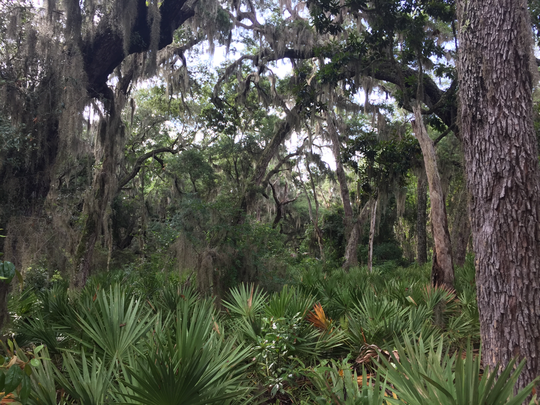 The Maritime Forest The Maritime Forest Sam Burnham, Curator @C_SamBurnham For thousands of years people have come and gone on Cumberland Island. Native tribes, Spanish missionaries, plantation owners, African slaves, and the Carnegie family are just some of the people who have called Cumberland home. All of these people are gone now, leaving the island to its natural tendencies, with a few additions. The largest of Georgia’s barrier islands, Cumberland is protected from major development. The high rises and strip malls that have ruined so many coastal areas will never take root here. What visitors will find on Cumberland is an impressive mixture of history and nature. The two blend so well in places that the lines between the two are blurred, if they exist at all.
From the Ice House, an oak avenue, similar to but not quite as grand as Wormsloe, leads past a As the trail neared the opening at the ranger station and the Ice House Museum, we heard a familiar sound. A wild turkey gobbled. We found him wandering just a few paces from the porch of the ranger station. The Ice House Museum was undergoing some renovations, including exhibits but it still offers some details on the history of the island. Visitors learn of the settlement of General Nathanael Greene, continued by his widow and her subsequent husband, and eventually by members of the Carnegie family.clearing where it is believed the Spanish and natives interacted. The avenue leads to the gates of Dungeness. When you round that last curve and catch sight of the ruins it’s striking how vast the home was. Obviously, it doesn’t get any smaller as you approach. The photos of the house in its prime made me sad that only ruins remain. But there’s an odd beauty to the ruins. They have an almost mystic appeal. The home itself is now but a ghost, just as its owners and their guests are now gone. Rather than ornate gardens and cocktail parties the grounds are now dotted with grazing horses, the offspring of the Carnegie steeds. While their predecessors served the Carnegies, Dungeness now belongs to them. At 700 pounds, these beauties allow pictures from safe distances but approaching them is discouraged and unwise. 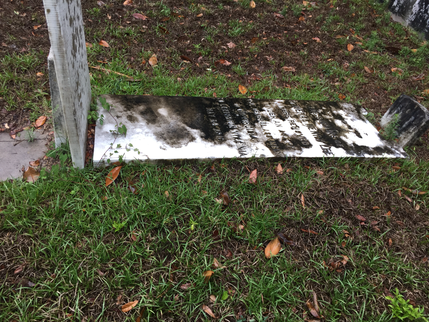 The Former Grave of “Lighthorse Harry” Lee The Former Grave of “Lighthorse Harry” Lee The ruins are surrounded by support structures: servant housing, the carriage house, the greenhouse, the barn. Trails wind you past them while a phone tour tells the story of each. The family cemetery includes a marker on the former grave of Gen. “Lighthorse Harry” Lee. Lee served with George Washington and Nathanael Greene. He died while visiting the Greenes and his body remained buried buried here for about a century before it was moved to the Lee Chapel in Lexington, Virginia to be buried alongside his son, Gen. Robert E. Lee. The trail then winds winds along dunes and becomes a boardwalk through the marsh. This is an excellent location to look for shorebirds, alligators, and other wildlife. We heard the songs of the cicadas, katydids, a probably a bunch of other musical insects. Here the only sign of humanity is the boardwalk. You’re immersed in a semi aquatic Eden of sorts. As we left the boardwalk to cross the dunes a clap of thunder rolled across the sky. A wild turkey responded with a gobble. The only other time I’d heard this happen in person was on a hunt in Heard County several years ago. I turned and saw the bird strutting about 70 yards to our right at the base of the dunes. It seemed strange to hear multiple gobbles that late in the year but this is an atypical place. 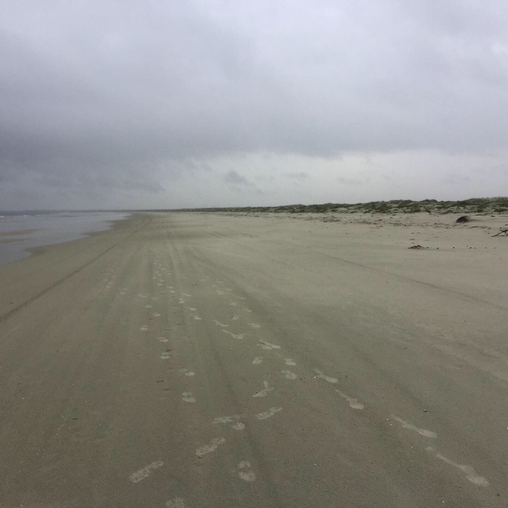 Dungeness Beach Dungeness Beach Dungeness Beach is unlike any I’ve ever seen. For a mile and a half the trail follows the beach sand. There are tons of shells and visitors often find shark teeth here. Sea turtles nest on this beach and we saw several horseshoe crabs. There are no trees, no buildings, no man made anything. We encountered two other people hiking in the other direction and only saw one other person. We did see a half dozen wild horses standing on the dunes eating sea oats. That’s a crime for humans but there aren’t many people willing to try to arrest a 700 pound wild horse. The black and white markers signal appropriate beach crossings. We found the markers and made our way back into the maritime forest. It is hard to believe that some of these oaks are second growth but the Island was mostly cleared for farming and these trees have grown since then. This stretch leads back to the dock. Despite seeing maritime forest, the ruins of Dungeness, the marsh, and a mile and a half of beach, we saw just a small fraction of this beautiful island. This strip of land serves as a respite, a sanctuary to escape civilization for a spell. But it also protects civilization by forming a shield against hurricanes and other storms. The land is a type of sponge that absorbs storm surge and also acts as a wall against waves and undertow. Protecting this land from development ensures that those protections survive. The over development of Long Island and Staten Island kept them from protecting New York from Hurricane Sandy. There’s a lesson there for us. Overall, this outing is well worth the time and the price of a ferry ride. We hope to return to see more of the island in the future.
0 Comments
Leave a Reply. |
Sam B.Historian, self-proclaimed gentleman, agrarian-at-heart, & curator extraordinaire Social MediaCategories
All
Archives
November 2022
|
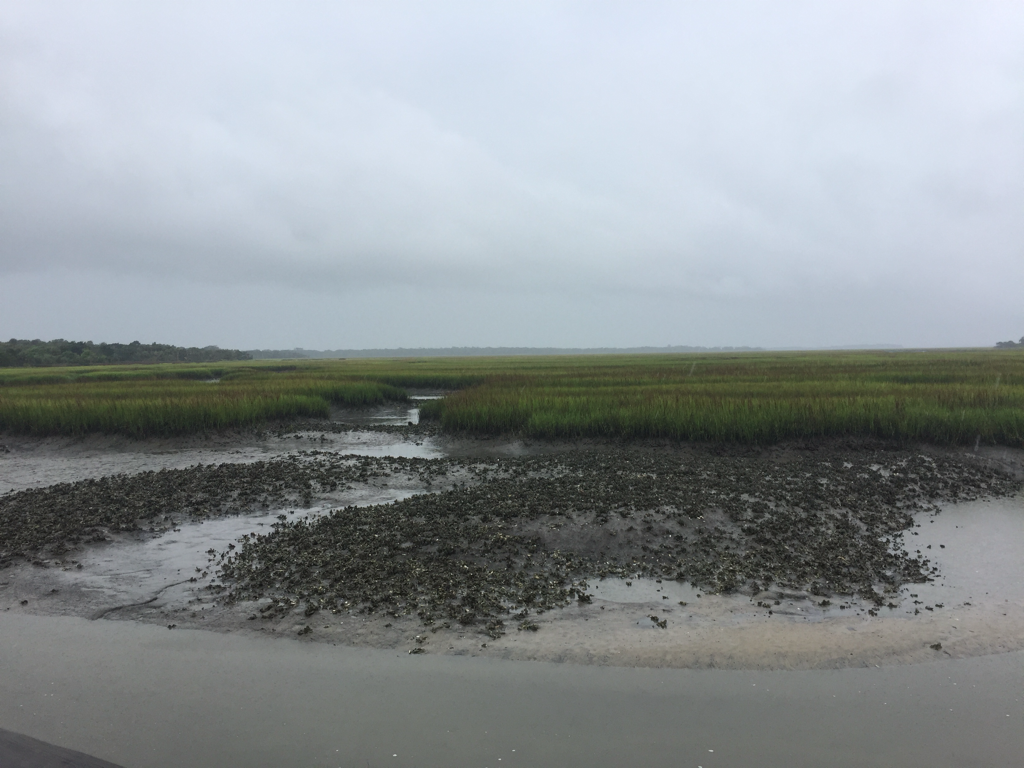
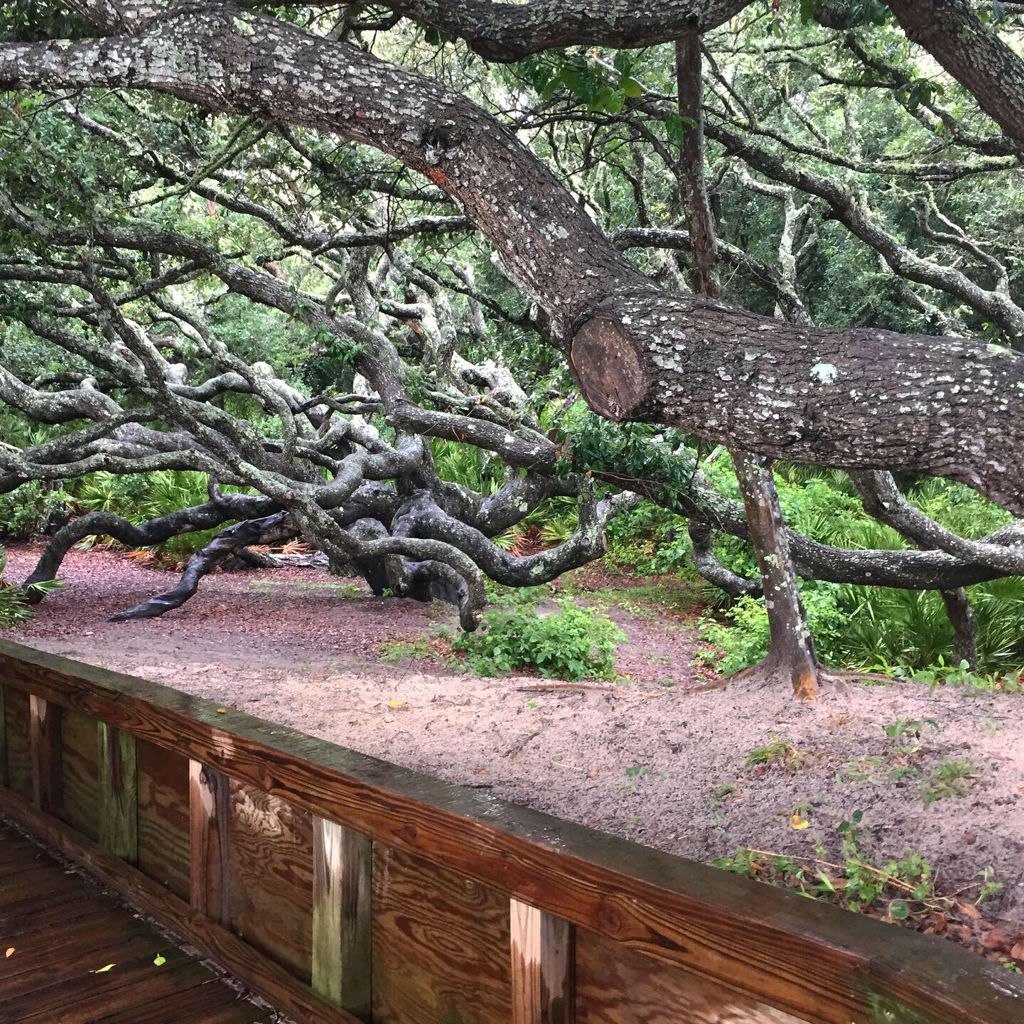




 RSS Feed
RSS Feed
